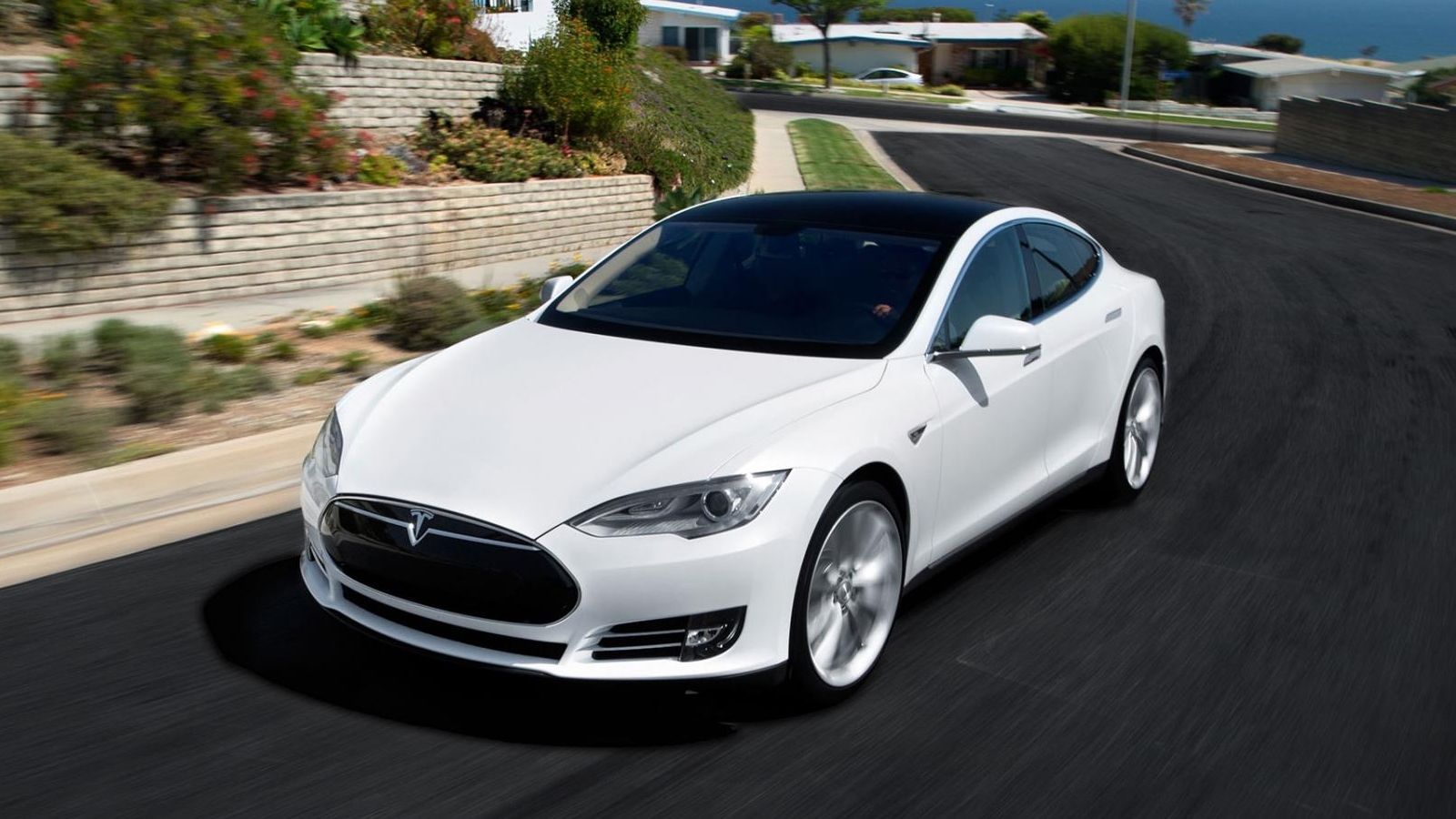Tesla’s->ke1842 top-dog sedan->ke142 has broken two world records in a U.S. tour that took the EV->ke1030 from sea to shining sea. Rodney Hawk, Deena Mastracci and Carl Reese, part of the six-member team Uber Qik, all took stints behind the wheel, elapsing just 58 hours and 55 minutes between Los Angeles and New York, setting new records for fastest U.S. coast-to-coast time and least charging time for an electric vehicle.
Anthony Alvarado, Matt Nordenstrom, and Johnnie Oberg Jr. also contributed to the team Uber Qik effort. GPS Insight offered sponsorship in the form of third-party tracking equipment required for third-party verification. Other sponsors include InspectMobile.com, TeslaGrille.com, and Chalkolot.com.
The previous record of 67 hours and 21 minutes was set by the automotive publication Edmunds.com in the summer of last year. Officially, the Uber Qik team was acknowledged for only one new record (least non-driving time to cross the U.S. in an EV) as recognized by the Guinness Book of World Records.->ke1948 In total, the team spent 12 hours and 48 minutes recharging the Model S’s->ke3329 battery pack. The low time is attributed to Tesla’s network of supercharger stations.
“I was inspired by my grandfather who took me on road trips as a child and Alex Roy who broke the cross-country record in a gasoline vehicle in 2006,” said Reese, who owns the record-setting Tesla and led the team’s efforts. “Tesla is such a compelling car company that is creating tens of thousands of American jobs, with Tesla Motors in Fremont, California, Giga Factory in Sparks, Nevada, and Space X in Hawthorne, California.”
Continue reading for the full story.
Why it matters
The popularity of electric vehicles continues to skyrocket, but there are two obvious attributes keeping them from further widespread adoption – low range and long recharge times. This new record draws attention to the fact that modern technology seems to be progressing towards alleviating these critical deficiencies.
Additionally, the proliferation of Tesla’s supercharger stations points towards wider support for the all-electric vehicle. Providing the juice necessary to go from LA City Hall, departing on April 16 at 11:41 PM PST, to New York City Hall, arriving April 19 at 1:36 PM EST, means the traditional “range anxiety” of EV drivers should start to become a thing of the past.
Currently, Tesla has 429 supercharger stations with 2,349 charge points scattered throughout the U.S., with many more scheduled for construction in the next few years. Tesla says these are “conveniently located near restaurants, shopping centers, and WiFi hot spots,” and charge times take roughly 40 minutes for 80 percent and 75 minutes for 100 percent. You can check out a map of locations here.
The fact we can now drive coast-to-coast on battery power alone is remarkable. However, there’s still a long way to go if the EV hopes to compete with traditional internal combustion in terms of convenience and time-saving.
My guess is we’ll need to see a dramatic rise in gas prices and emissions regulations before EV battery technology gets the rapid development needed to match the ICE. The demand is growing, but it’s not quite there. Yet.
Tesla Model S P85D
Originally launched for the 2012 model year, the Tesla Model S is one of the most talked-about cars of the new millennium. It successfully shucked the EVs associations with boring styling and lackluster performance with a sleek, handsome exterior that’s uncluttered and aggressive, and a dual electric motor drivetrain that delivers mind-warping speed.
When put in the appropriately titled “Insane Mode,” the AWD P85D will sprint to 60 mph in a mere 3.2 seconds, destroy the quarter mile in 11.8 seconds, and reach a top speed of 155 mph. Those numbers come thanks to nearly 700 horsepower, but if an eco run is more your thing, the car can also get 275 miles with a topped-off battery pack.
Read our full review here.

